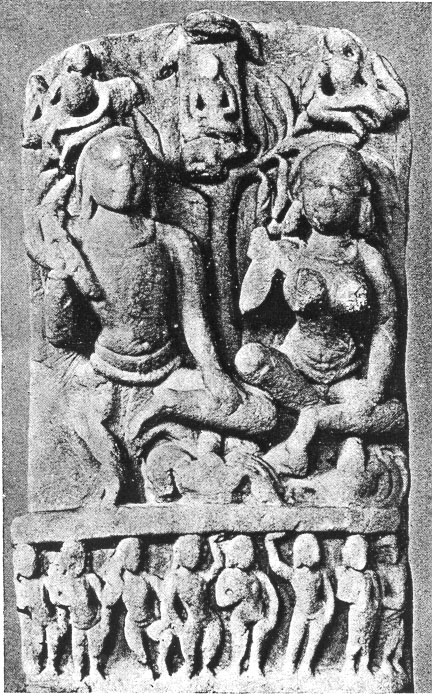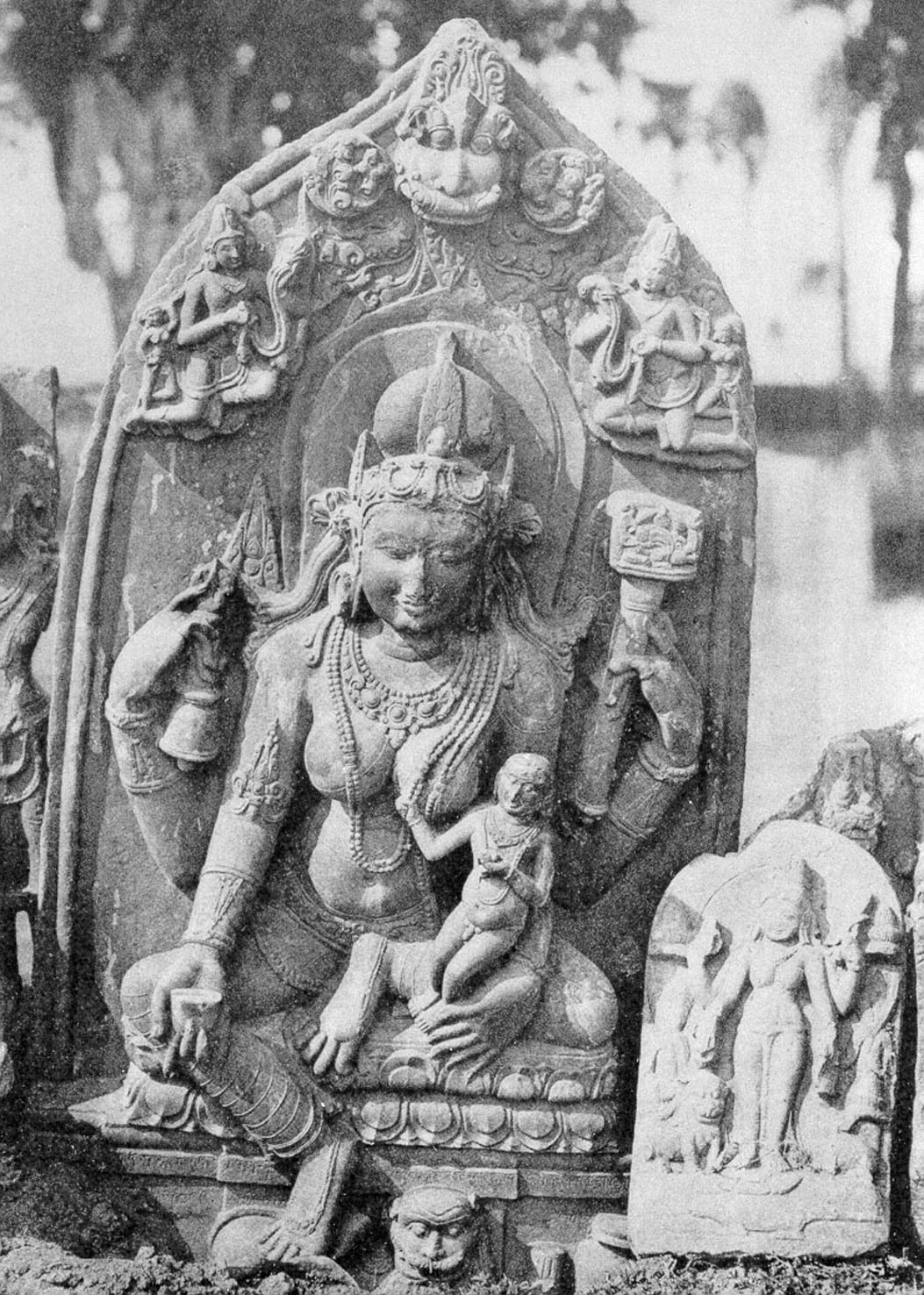
The essay was published in Berliner Indologische Studien No. 13/14. 2000, pp. 273-337.
§ 10. List of Figures and Notes (I)
 Prof. Dr. Klaus Bruhn
Prof. Dr. Klaus Bruhn




